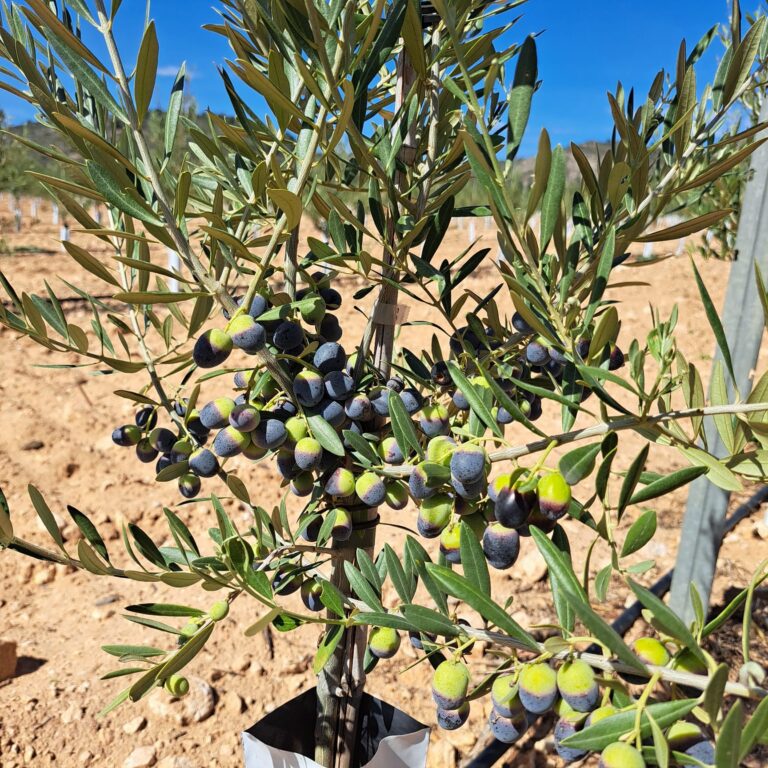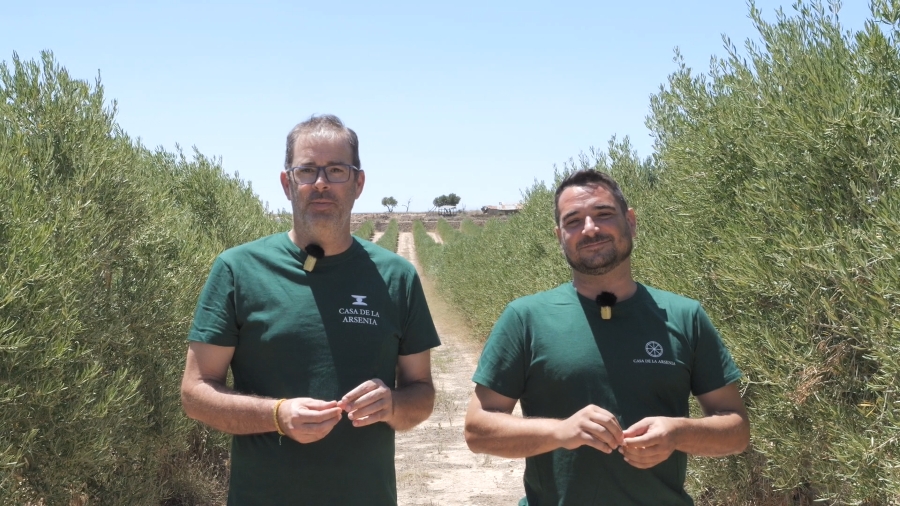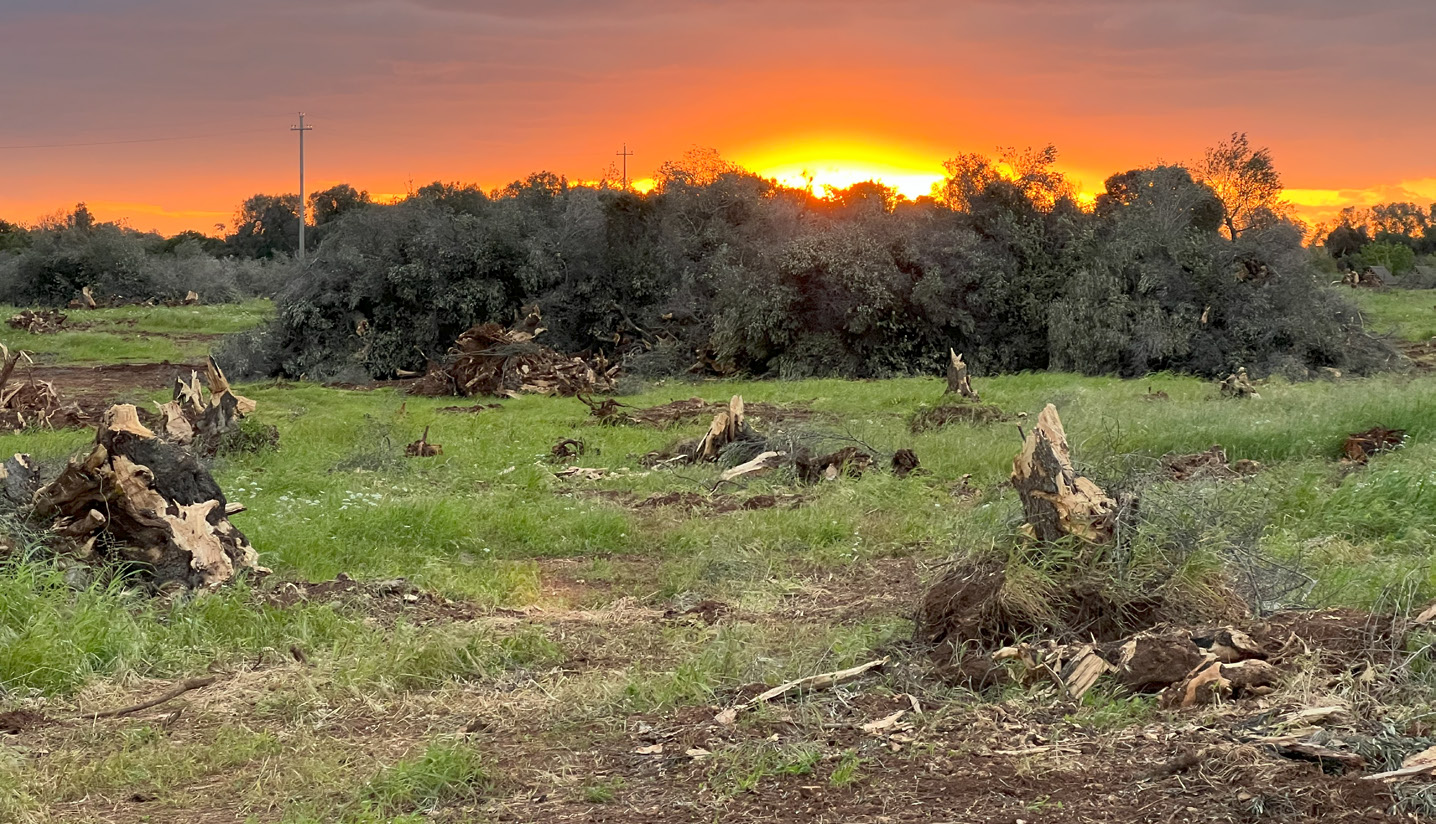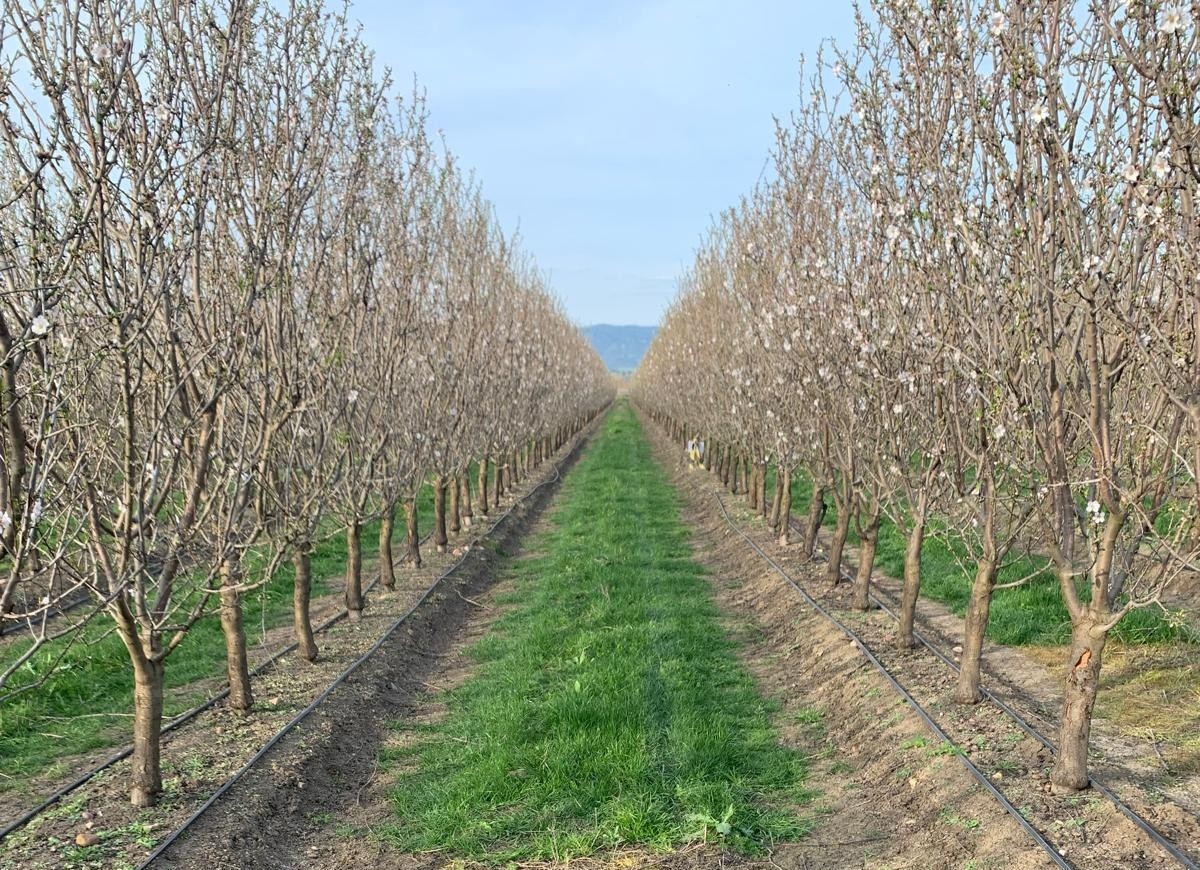Tuscan Olive Growing: Research, Challenges, and Future Prospects
Interview with Prof. Edgardo Giordani, Associate Professor of General Arboriculture and Tree Crops, Department of Agricultural, Food, Environmental and Forestry Sciences and Technologies (DAGRI)
Could you introduce the University of Florence?
The University of Florence traces its roots to the Studium Generale founded by the Florentine Republic in 1321, but it formally became a university only in 1924, when a special decree granted it that status. Beginning 1 January 2013, following Italy’s Law 240/2010, the traditional “Faculties” were abolished and their teaching and service-management duties were taken over by “Schools.” Today the University is one of Italy’s largest centers for research and higher education, with about 1,800 tenured professors and researchers, roughly 1,600 technical and administrative staff, and more than 1,600 PhD candidates and research fellows.
The Department of Agricultural, Food, Environmental and Forestry Sciences and Technologies (DAGRI) was created in 2019 by merging the former Departments of Agricultural, Forestry and Food Resources Management (GESAAF) and of Agro-Food Production and Environmental Sciences (DISPAA). It is the University’s only agriculture-focused department. All 20 agricultural disciplinary sectors (code AGR), along with BIO/03 (Environmental and Applied Botany) and IUS/03 (Agricultural Law), belong to DAGRI. By size and activity it is the University’s second-largest department, with about 120 faculty members, 60 technicians/administrative staff, 50 PhD students, 70 research fellows, and 40 grant holders
DAGRI is organized into 10 sections reflecting its areas of expertise:
- Tree Crops
- Economics, Appraisal, and Law
- Forests, Environment, Wood, Landscape
- Agricultural, Forestry, and Biosystems Engineering
- Agricultural Microbiology; Plant Pathology and Entomology
- Agronomy, Genetics, and Land Management
- Animal Sciences
- Soil and Plant Science
- Food Science and Technology
Its laboratories house a wide range of equipment for field work (agro-meteorological sensors, devices for measuring crop eco-physiological parameters, drones, soil-characterization scanners) and lab work (optical and electron microscopes, autoclaves, centrifuges, growth chambers, fermenters, and instruments for chemical, physical, and genetic analyses, plus a sensory lab). These facilities allow analysis of biological materials (crops, trees, forests, animals, yeasts, molds, bacteria and micro-algae, pathogens and insects), environmental media (soil and air), and processed products (milk and dairy, eggs, meat and meat products, wines, oils, baked goods, etc.).
Beyond the School of Agriculture’s 14 degree programs, the Department offers post-graduate training, including two PhD programs: Agricultural and Environmental Sciences and Sustainable Management of Agricultural, Forestry, and Environmental Resources.
Research is carried out through numerous regional, national, and European (H2020, LIFE) projects funded by public and private bodies, with faculty often serving as coordinators or partners. Strong ties with local stakeholders and businesses translate research findings into innovation and technology-transfer projects, agreements, and partnerships that advance the sector. DAGRI also has an extensive record of internationalization and cooperation with developing countries.
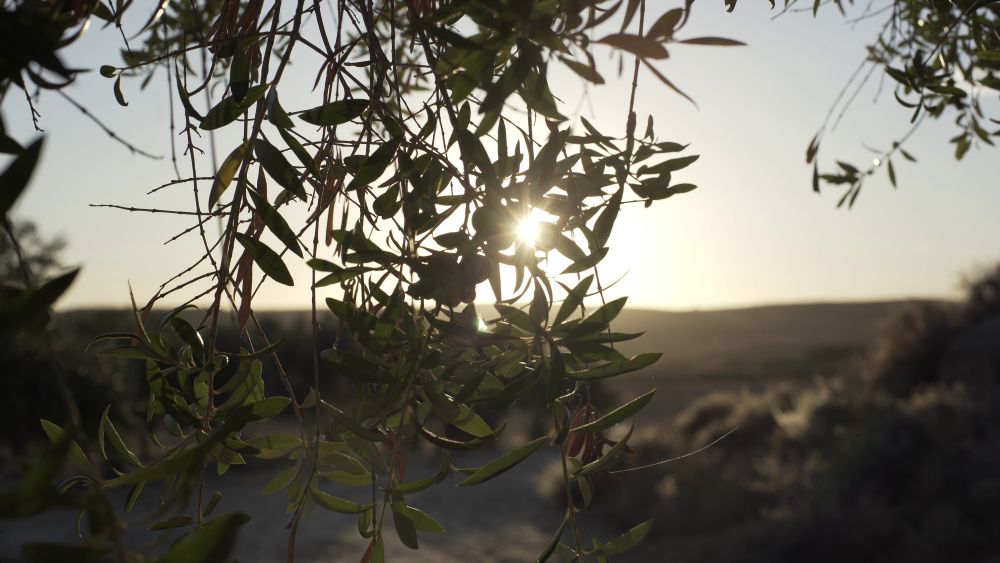
What role does your Department play in the olive sector?
What is the current state of Tuscany’s olive sector?
What are the main challenges?
Historically, severe cold events—striking roughly every 30 years—forced growers to rehabilitate orchards with drastic pruning. Today the main challenge is the loss of competitiveness due to high production costs, despite globally recognized high quality. Key factors include fragmented landholding, traditional low-mechanization systems, and generally limited adoption of innovation.
What strategy is the University planning to revitalize Tuscan olive growing?
DAGRI closely tracks global olive-sector innovations and seeks targeted solutions suited to Tuscany’s varied local contexts, always considering regional rural-development policies.
What goals and traits are you pursuing in your breeding program?
Where past ideotypes focused mainly on cold tolerance, today we look for productivity, ease of agronomic management through mechanization, resistance to old and emerging diseases, resilience to new soil-climate scenarios, and, of course, further improvement of the prized sensory qualities typical of Tuscan oil. The aim is to combine those positive traits of traditional Tuscan varieties with agronomic characteristics needed by new orchard models, such as early bearing.
